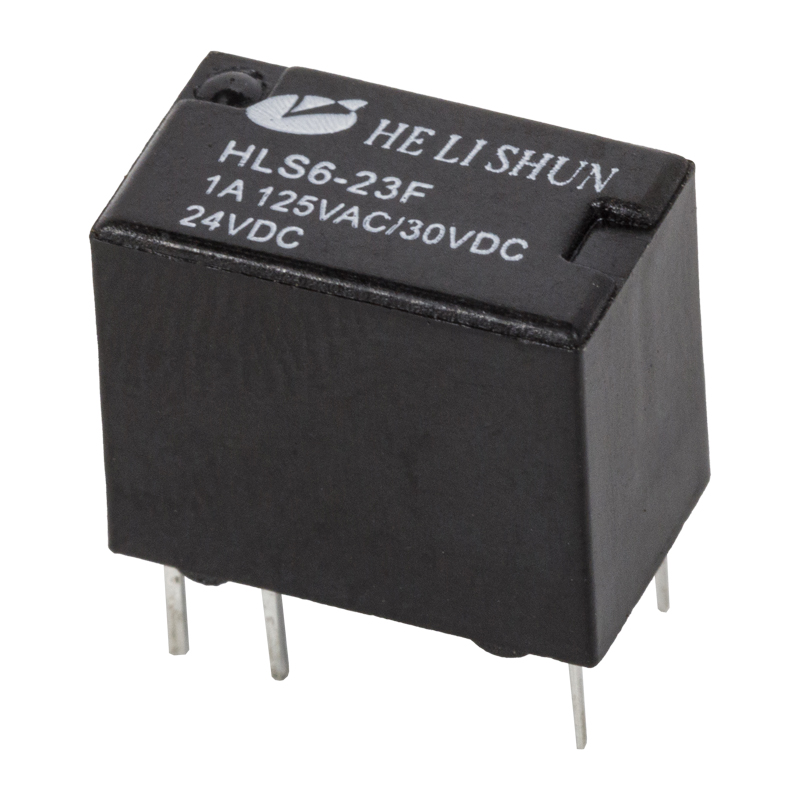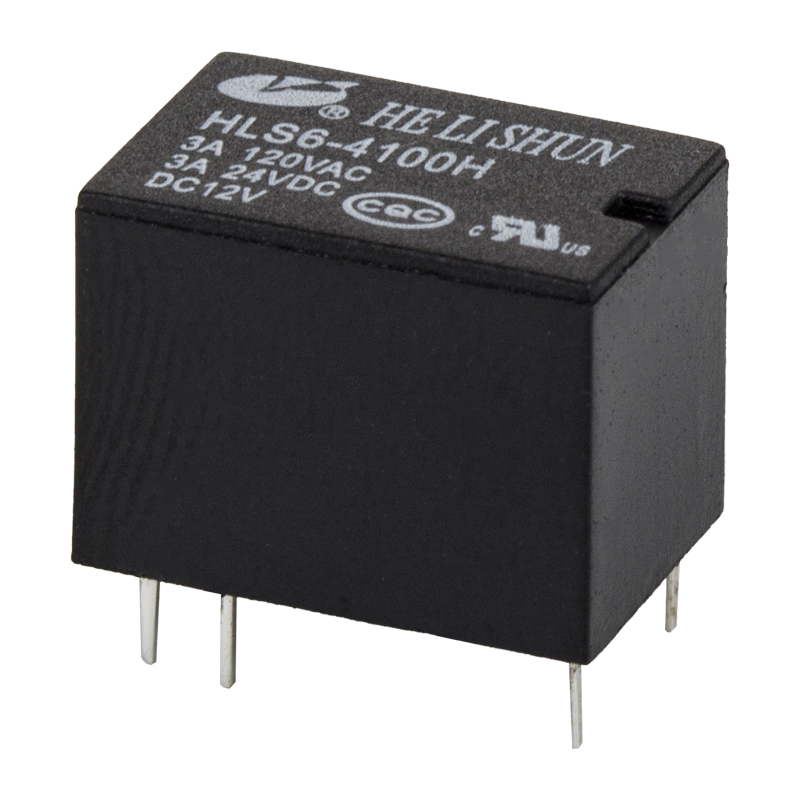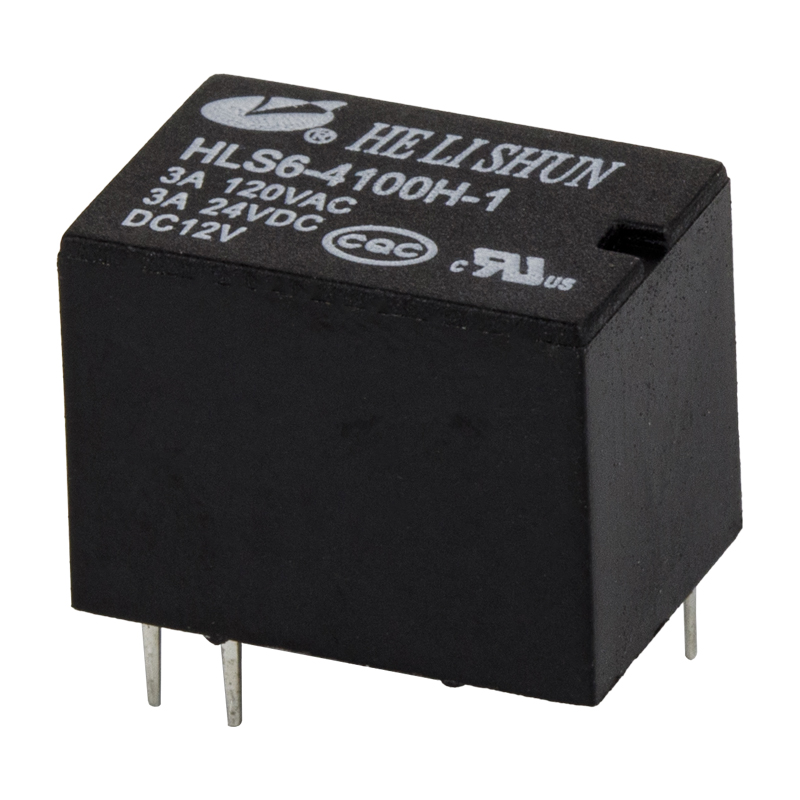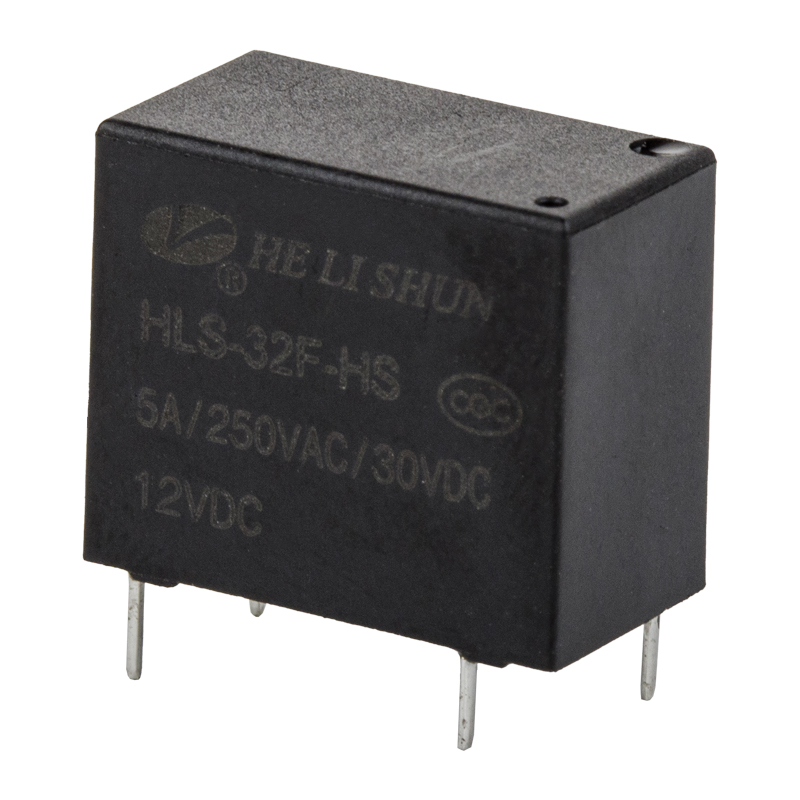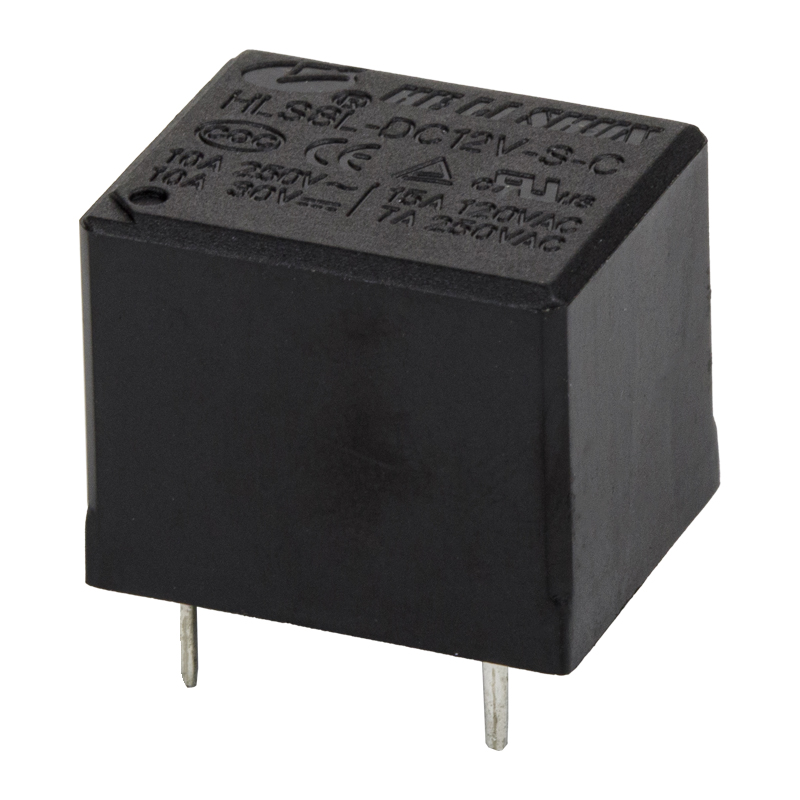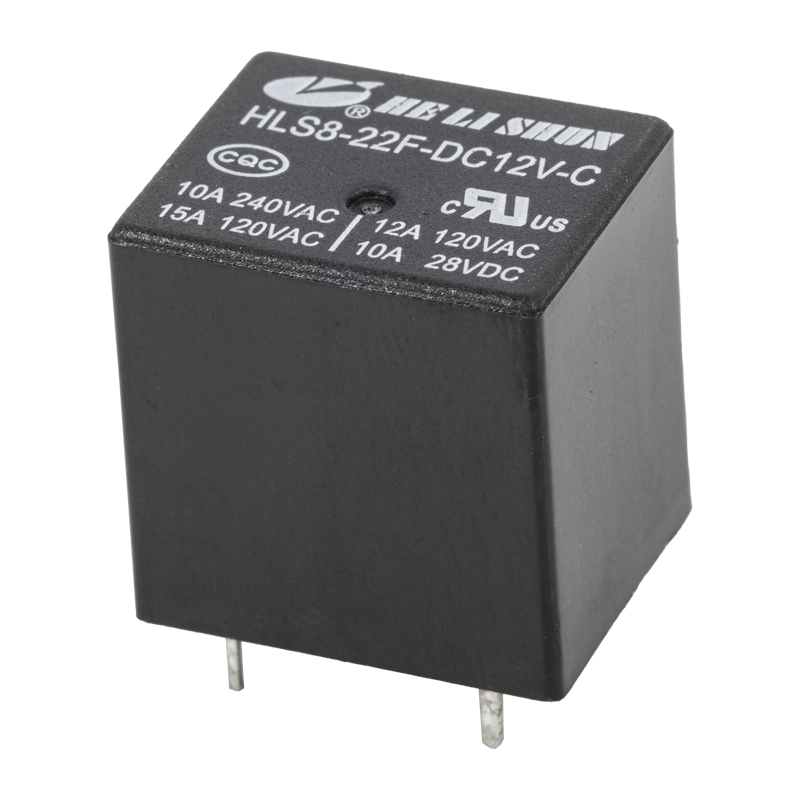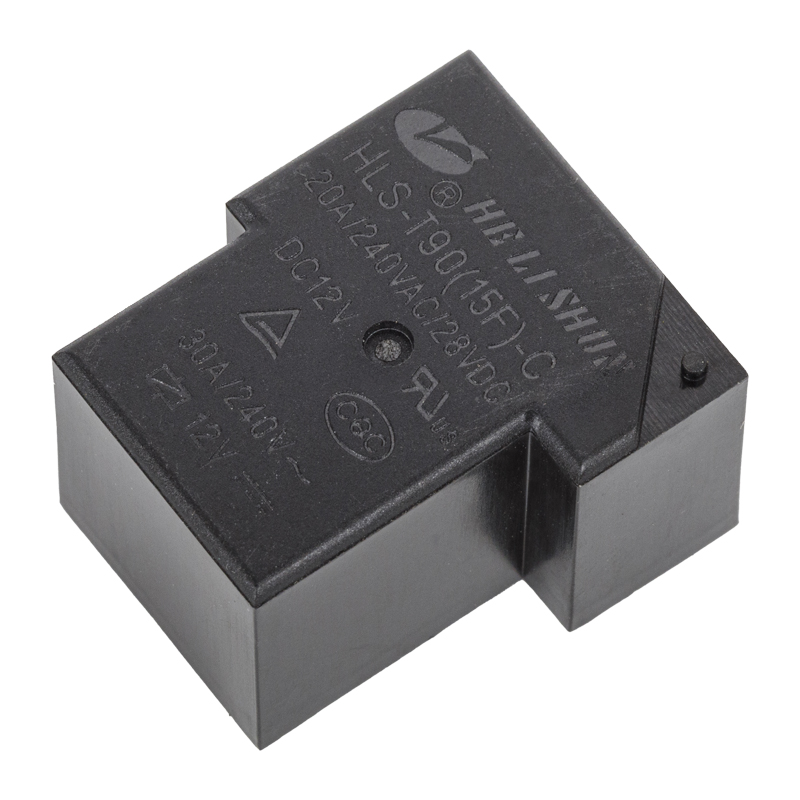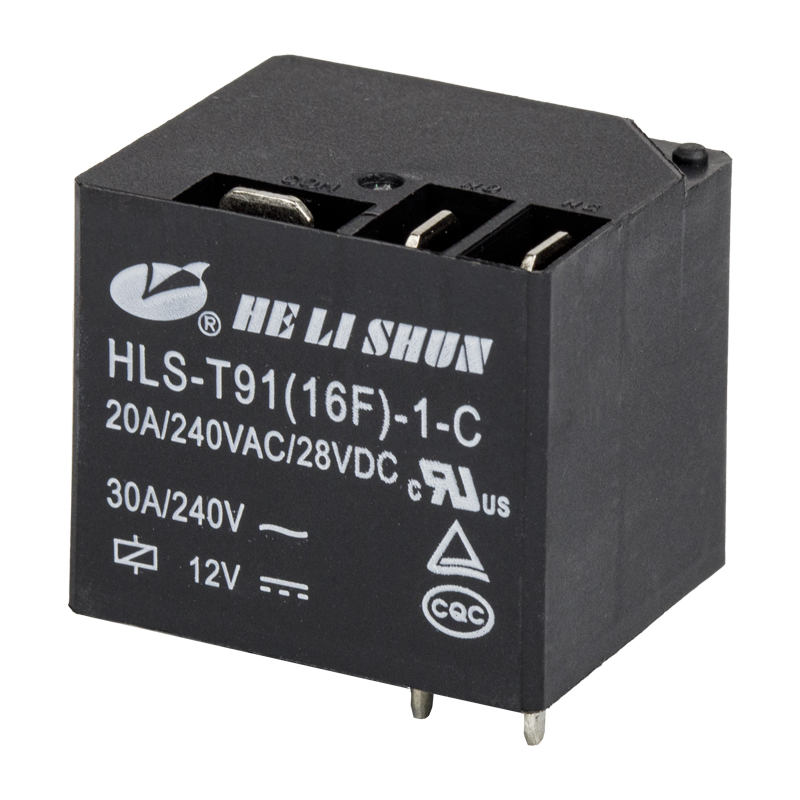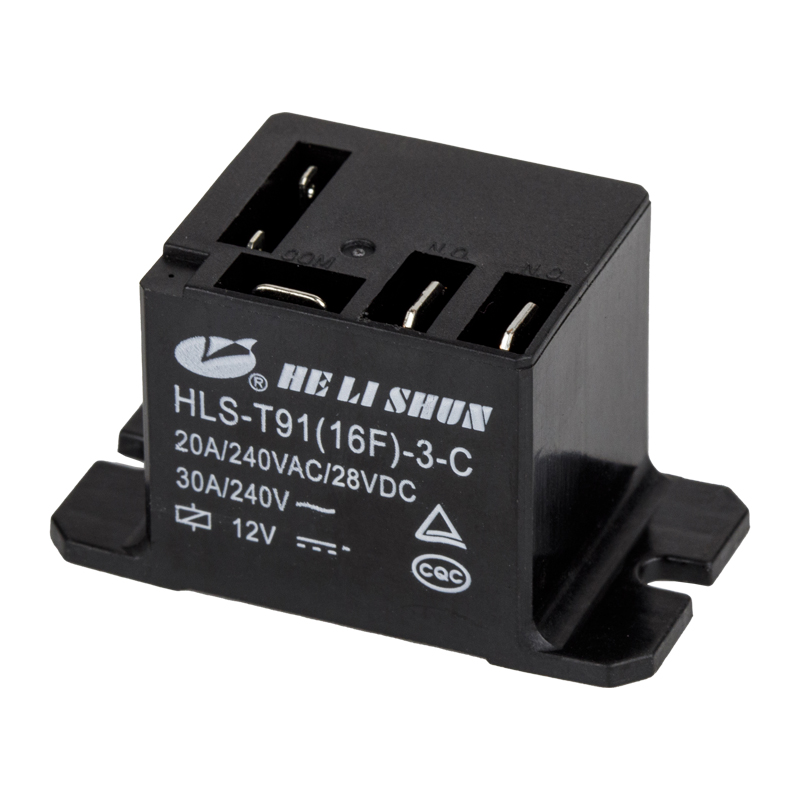The relay socket is an important component that connects the relay to the external circuit, and its performance directly affects the stability and reliability of the entire system. Therefore, when selecting and using the relay socket, the two key factors of its material and conductivity must be fully considered, which not only determine the electrical performance of the socket, but also affect its mechanical strength, durability, temperature adaptability and overall service life.
The materials of the relay socket mainly include conductive materials, insulating materials and structural support materials. The contacts of the relay socket are usually made of highly conductive materials such as copper, silver and gold. These materials have low contact resistance, which can effectively reduce voltage drop and improve current transmission efficiency. The conductive properties of the contact material directly affect the conduction ability of the relay. Using silver as the contact material can significantly reduce the contact resistance, thereby reducing energy loss and improving the efficiency of the relay. In order to improve the corrosion resistance and wear resistance of the contact, a layer of gold or nickel is usually plated on the contact surface. For example, the contact material of the P3 series relay is AgNi, and AgNi + Au coating can be optionally provided to improve conductivity and durability.
The insulation material of the relay socket is used to isolate the contacts from the external circuit to prevent short circuit or leakage. Good insulation performance can ensure the safety of the socket in a high voltage environment. The temperature resistance of the insulation material determines the stability of the socket in a high temperature environment. For example, some plastic materials will soften or deform at high temperatures, affecting the structural integrity of the socket, so it is necessary to select high temperature resistant insulation materials. In some industrial or medical equipment with high safety requirements, the insulation material of the relay socket must have flame retardant properties to prevent fire risks.
The shell of the relay socket is usually made of plastic or metal to protect the internal structure and provide mechanical support. Plastic shells are light and low cost, but have poor high temperature resistance; metal shells are more durable but more expensive. The structural material of the socket needs to have sufficient mechanical strength to withstand the stress and vibration during the plug-in and unplug process to ensure long-term stability.
The conductive performance is mainly reflected in contact resistance, current carrying capacity and temperature stability. Contact resistance is the sum of the resistance between the contact and the socket, which directly affects the conduction performance of the relay. The conductivity of the contact material, surface treatment process, contact area and contact pressure all affect the contact resistance. For example, using silver contacts can significantly reduce contact resistance, thereby reducing voltage drop and improving relay efficiency. In high current or high frequency applications, contact resistance must be very low to avoid heat generation due to excessive resistance, which affects the life and performance of the relay.
The conductivity of the relay socket determines the maximum current it can withstand. The conductivity of the contact material, the contact area, the heat dissipation capacity, and the structural design of the socket all affect the current carrying capacity. In high-power applications such as industrial control, automation equipment, and power systems, the conductivity of the relay socket must be high enough to meet the needs of high current loads.
The relay socket generates heat during operation, and its conductivity determines the generation and dissipation of heat. The conductivity of the contact material, the heat dissipation design, the ambient temperature, and the structural heat dissipation capacity of the socket all affect the temperature stability. For example, ferrite materials have good temperature stability and are suitable for relays that require high stability. In equipment that runs for a long time and at high load, the temperature stability of the relay socket is critical, otherwise it may cause the contacts to burn out or the socket to age, affecting the reliability of the equipment.




 English
English 中文简体
中文简体
